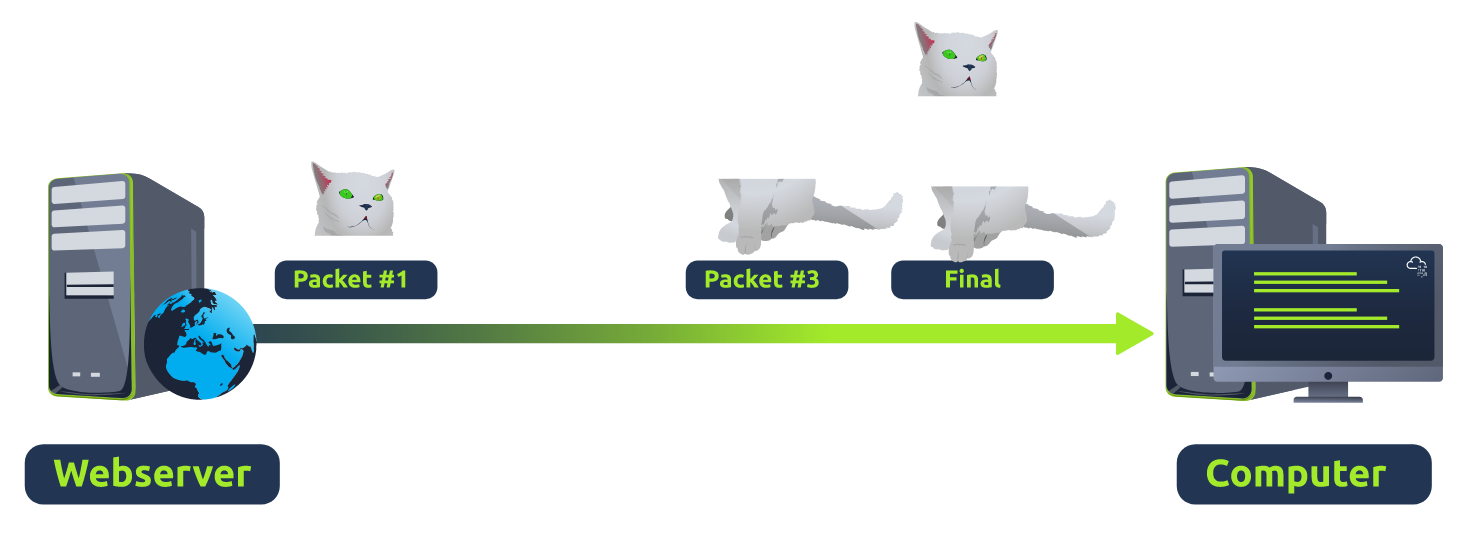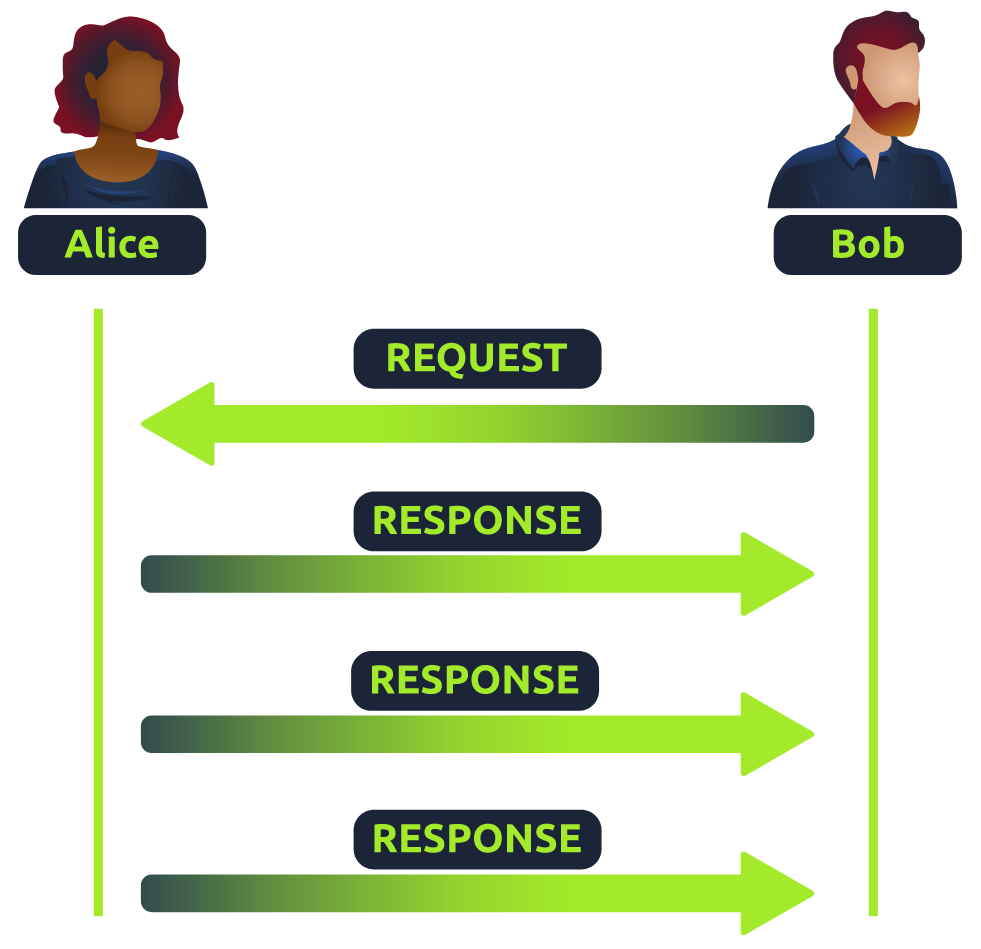UDP
- User Datagram Protocol
- No connection-based protocol.
- UDP es un protocolo que no realiza conexión. No proporciona confiabilidad, ni ventanas, ni reordenamiento de los datos. Sin embargo, proporciona transferencia de datos y multiplexación usando números de puerto. Este proceso lo hace utilizando menos Bytes de sobre carga que TCP. Lo que es beneficioso para comunicaciones en tiempo real como VoIP
- Stateless connection
- Rápido y Ligero:
- Uso en Aplicaciones: Ideal para aplicaciones donde la velocidad es crucial y se pueden tolerar algunas pérdidas de datos, como juegos en línea, streaming de video y voz sobre IP (VoIP).
| Advantages of UDP | Disadvantages of UDP |
| UDP is much faster than TCP. | UDP doesn't care if the data is received. |
| UDP leaves the application layer (user software) to decide if there is any control over how quickly packets are sent. | It is quite flexible to software developers in this sense. |
| UDP does not reserve a continuous connection on a device as TCP does. | This means that unstable connections result in a terrible experience for the user. |

The diagram below shows a normal UDP connection between Alice and Bob. In real life, this would be between two devices.

